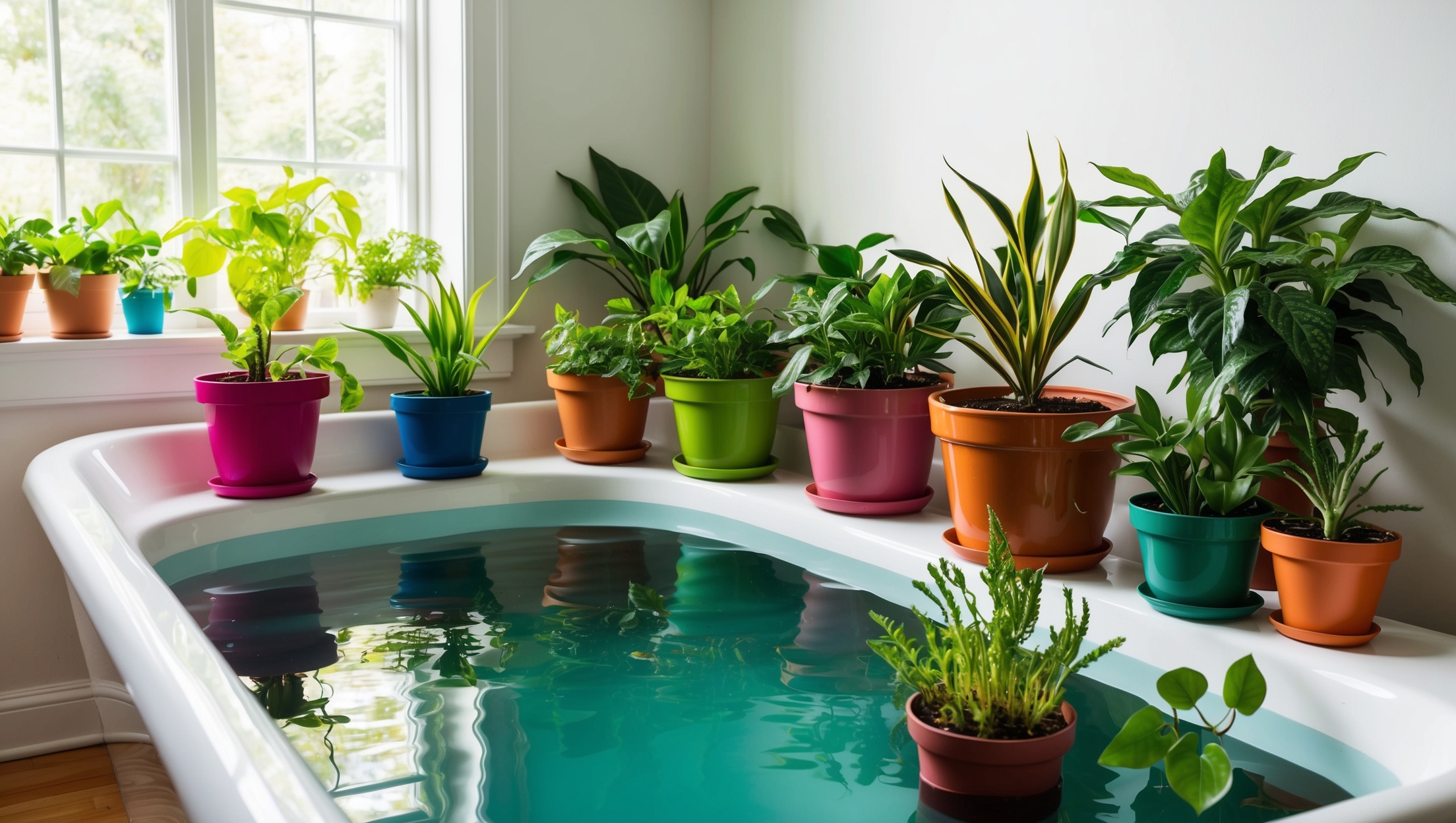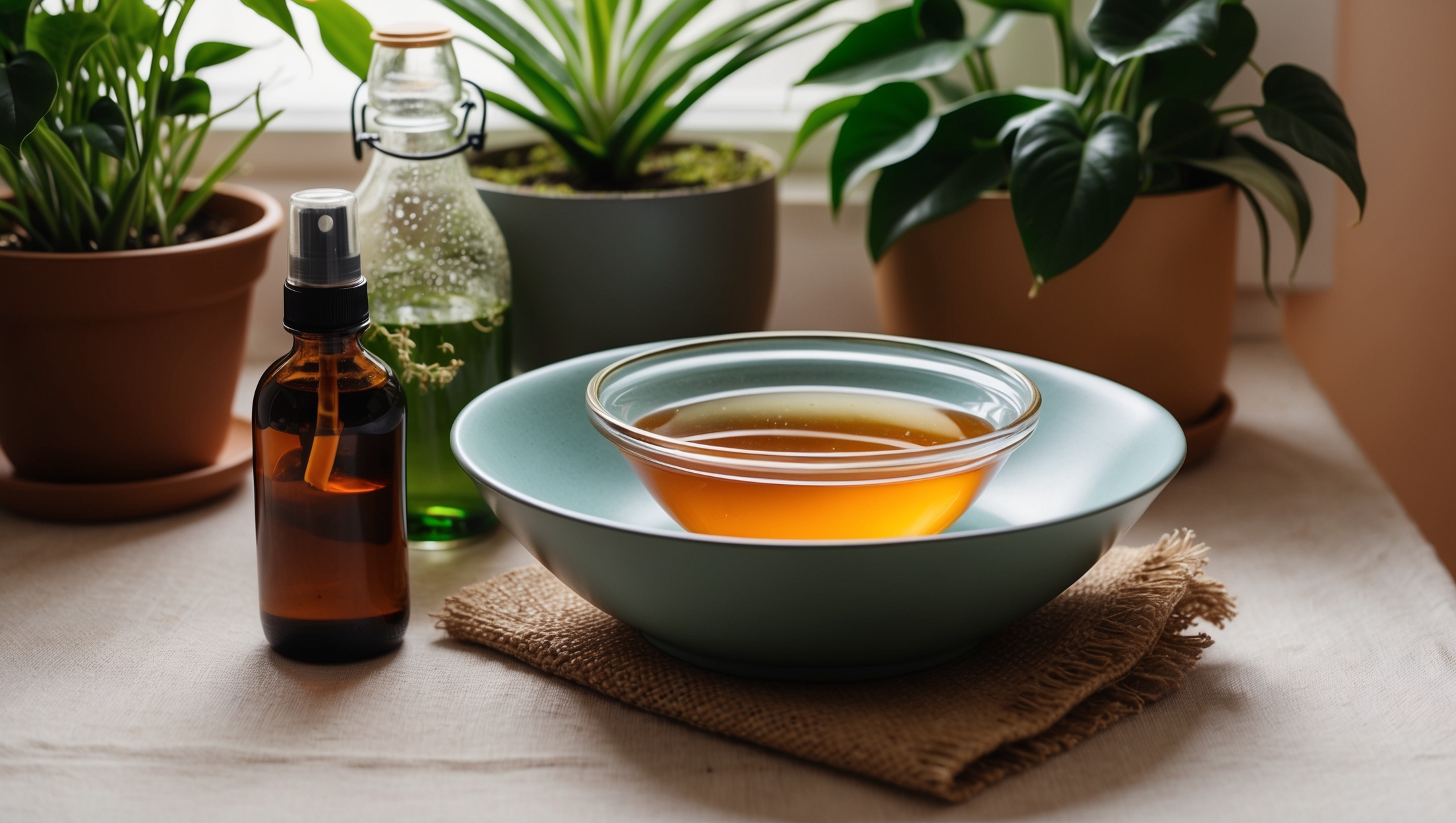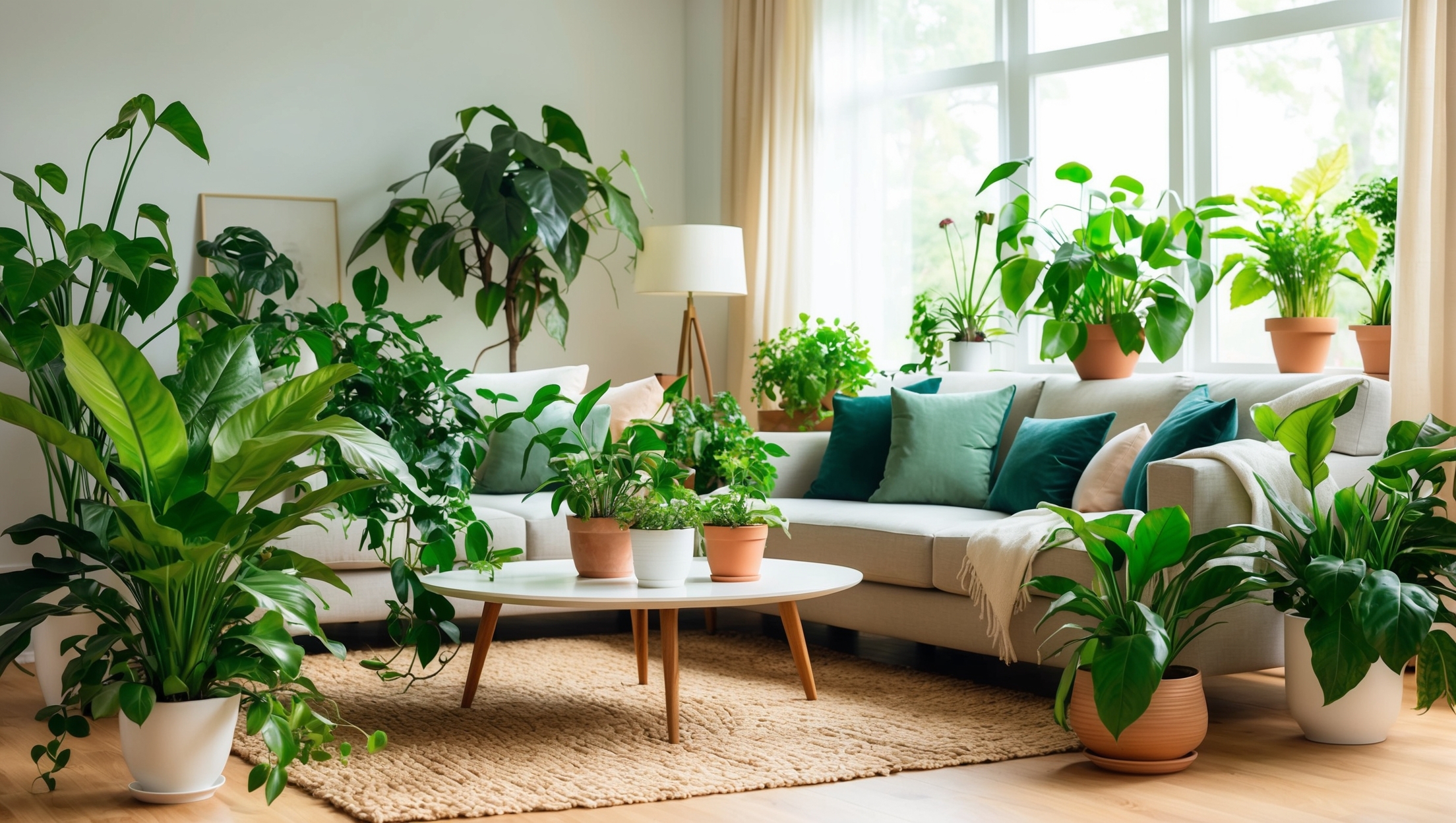Battling the Buzz: How to Keep Gnats at Bay in Your Home
If you’ve ever had your peaceful living room turned into a buzzing battleground by tiny flying invaders, you’re not alone. Yes, I’m talking about gnats—those pesky little critters that seem to appear out of nowhere and have a knack for crashing your plant party. But fear not, my fellow plant enthusiasts, because I’ve got some tricks up my sleeve to keep your home gnat-free. Let’s dive into the world of gnat prevention and eviction, shall we?
The Gnat-y Situation
First, let’s get to know our nemesis. Gnats are small flying insects that seem to have an affinity for your overripe fruit, rubbish bins, and, unfortunately, your beloved houseplants. Now, before you panic about your leafy friends, rest assured that these tiny troublemakers are more of an annoyance than a real threat to your plants. They’re primarily drawn to moist soil, which makes your plants’ pots an ideal nursery for their eggs. But don’t worry; I’ve got your back with some nifty solutions.
Prevention: Stop Gnats Before They Arrive
1. Bottoms Up for Your Plants
To prevent gnats from setting up camp, try bottom watering your plants. Grab a large, flat tray (or get creative with your bathtub or sink) and fill it with about an inch of filtered or rainwater. Pop your plants in their nursery pots into the water for 15-20 minutes, allowing them to soak up what they need. Just remember, no plant wants to take a long bath—never leave them soaking for more than an hour.

2. Choose Plants That Prefer Dry Conditions
Gnats aren’t fans of dry soil, so why not make your home less appealing to them by selecting houseplants that thrive on the drier side? Consider adding snake plants, Aloe Vera, Cast Iron plants, or ponytail palms to your collection. These plants prefer their soil to dry out completely between waterings, making them less attractive to gnats and more attractive to you.
Action Time: Evicting Gnats with Style
3. Swap Out the Top Soil
If you spot gnats buzzing around, it’s time for some soil surgery. Remove the first inch of potting soil from your plants and replace it with fresh soil. This layer is usually where gnats love to lay their eggs, so getting rid of it can make a big difference. Sprinkle a bit of cinnamon on top as a natural fungicide to keep them from returning. Plus, your plants will smell delicious—it’s a win-win!
4. Apple Cider Vinegar: The Sweet Trap
Here’s a DIY trap that even your granny would approve of. Fill a bowl with warm water, add a couple of teaspoons of apple cider vinegar, and a few drops of dish soap. Place this aromatic concoction near your plants, and let the sweet scent lure the gnats to their soapy doom. Just be prepared for your room to smell a bit like a salad dressing—it’s a small price to pay for a gnat-free home.

5. Fly Traps: Sticky but Effective
Sometimes you need a little extra help, and sticky fly traps are just the ticket. Inexpensive and easy to use, these traps can be placed in the soil to catch gnats flying in and out. They’re widely available online and at garden centers and can save you a lot of hassle. If your plant collection rivals a small jungle, these little helpers might become your new best friends.
Wrapping It Up
So, there you have it—a few simple and effective strategies to keep gnats from turning your indoor oasis into their playground. Remember, the key to winning the war against these pesky insects is to act quickly and prevent them from taking root. With a little effort and some clever tricks, you can enjoy your plant sanctuary without the unwanted buzzing guests. Happy planting!
